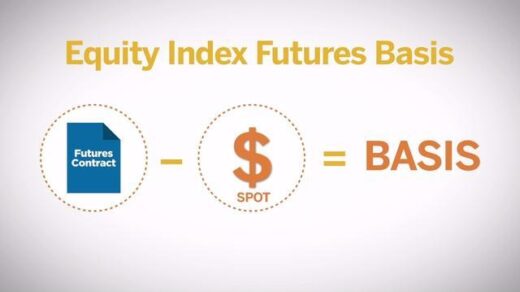Exchange Traded Funds (ETFs) have become a cornerstone of modern investment portfolios, offering a cost-effective and efficient way to gain exposure to various asset classes. At the heart of an ETF’s functionality lies its unique structure, characterized by a dual market approach and distinct methods of replication.
Let’s delve into the intricacies of the ETF structure, demystifying the primary and secondary markets, as well as the creation and redemption processes.
The Dual Markets: Primary and Secondary
- Primary Market:
- This is the realm where the creation and redemption of ETF units take place directly between the issuer and authorized market participants.
- Market participants, which can include fund managers, institutional investors, market makers, and investment banks, transact with the ETF issuer in large batches, often referred to as creation units.
- The primary market ensures the direct interaction between the ETF and the market participants holding significant ETF units or the underlying assets.
- Secondary Market:
- This is where most retail investors engage with ETFs. In the secondary market, ETF units are bought and sold on stock exchanges, offering liquidity to investors.
- Here, market participants can trade ETF units among themselves, responding to market demand and supply dynamics.
Physical ETFs: Bringing Benchmarks to Life
- Replication:
- ETFs can follow either physical or synthetic replication strategies. In physical ETFs, the fund directly purchases the underlying assets it aims to track, such as stocks, bonds, or commodities.
- The replication process differs based on whether the ETF is tracking a benchmark or a commodity.
- Creation of ETF Units:
- Market participants initiate the creation of ETF units by submitting an application to the ETF issuer. This process involves large batches of securities, often around 50,000 units.
- The market participant delivers the underlying reference assets or their cash equivalent to the ETF issuer. For instance, if the ETF tracks the NSE 25 Share Index, shares of the NSE 25 constituent companies are delivered based on their index weightings.
- In exchange, the ETF issuer issues the corresponding value in ETF units to the market participant.
Kenyan Context: Minimum Units and Trading Lots
- In the Kenyan ETF landscape, the creation, redemption, or cancellation of ETF units involves agreeing upon minimum units or asset blocks with the Capital Markets Authority (CMA).
- Minimum trading lots align with the specifications of the listing exchange, ensuring consistency and standardization.
Understanding the structure of ETFs, with a focus on creation and replication processes, empowers investors to navigate this innovative investment landscape. As the ETF market continues to evolve, its robust framework provides a foundation for diverse investment strategies and accessible market participation.




